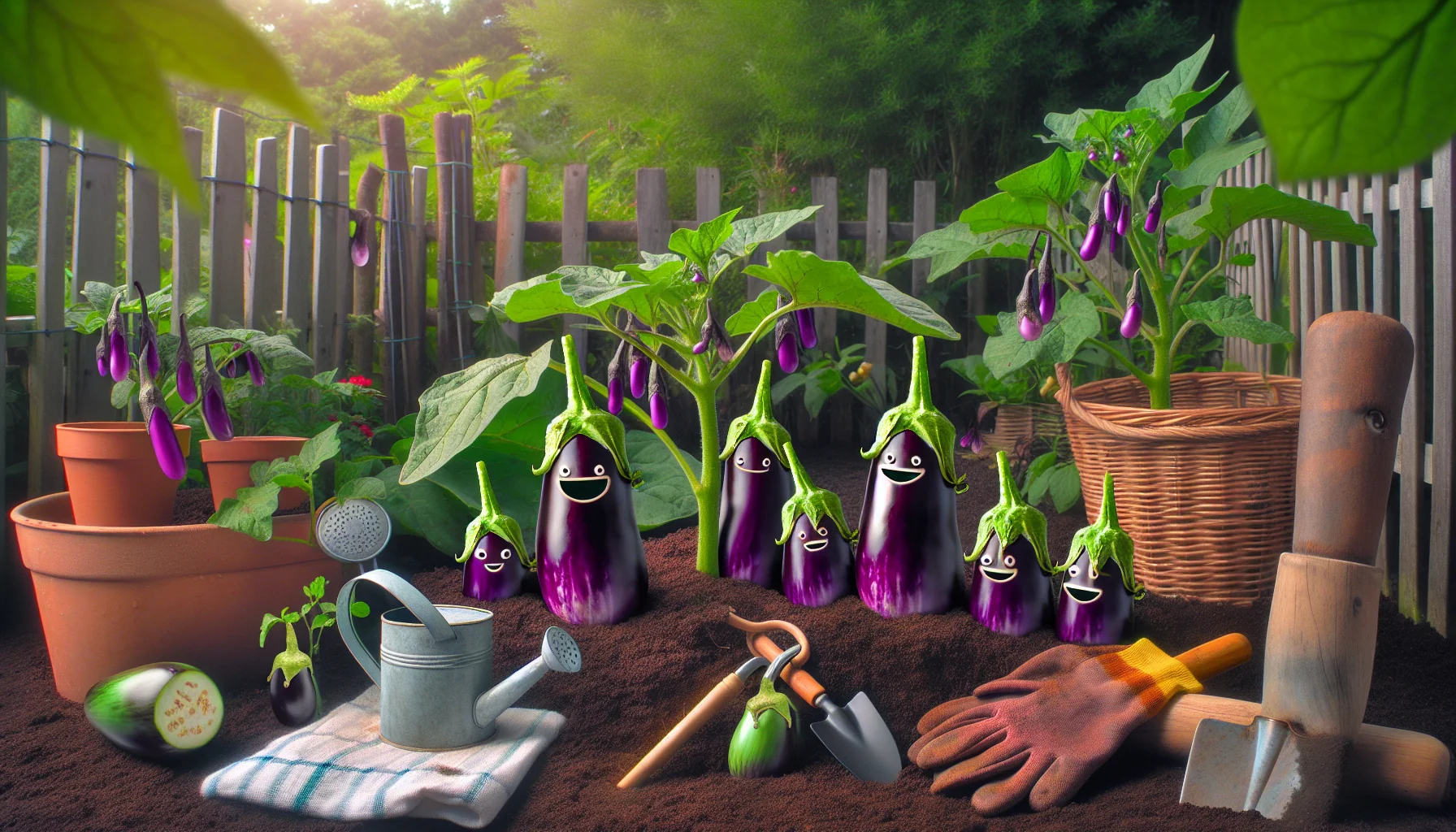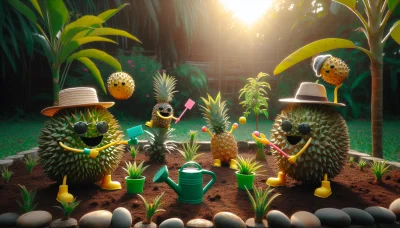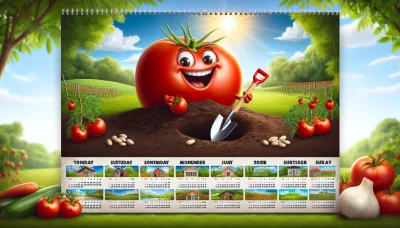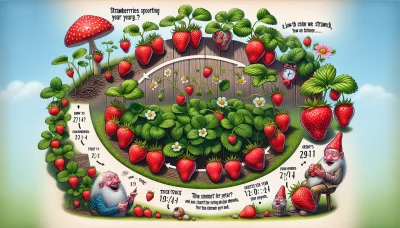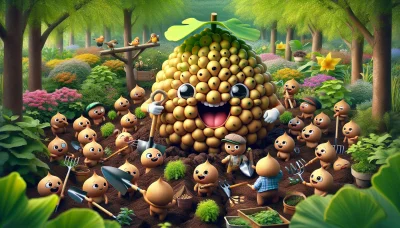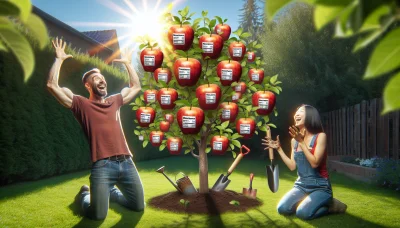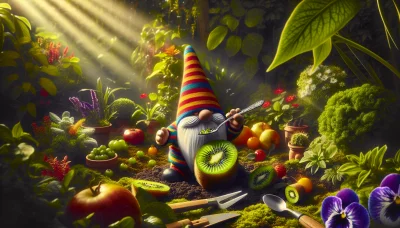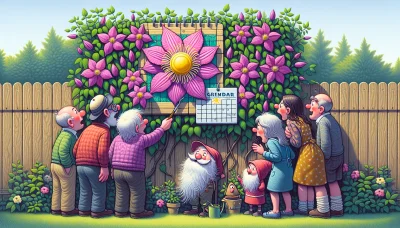Growing japanese eggplant Quiz
Test Your Knowledge
Question of
Introduction to Growing Japanese Eggplant
Japanese eggplant, known for its slender shape and vibrant purple color, offers a unique appeal to both gardeners and culinary enthusiasts. Unlike its bulkier counterparts, this variety tends to have a tender texture and a sweeter, less bitter flavor, making it a sought-after ingredient in a variety of dishes. Its adaptability to different growing conditions and relatively short growing season make it an excellent choice for gardeners looking to add diversity to their vegetable plots. The plant's aesthetic appeal, with its glossy fruits and lush foliage, also contributes to its popularity among those looking to beautify their garden spaces while enjoying a bountiful harvest.
Choosing the Right Variety
Japanese eggplants, known for their long, slender shape and vibrant purple color, come in several varieties that cater to different gardening needs and climate conditions. When selecting the right variety for your garden, consider factors such as size, taste, and growth habit. For instance, the 'Ichiban' variety is highly prized for its early maturity and resistance to diseases, making it an excellent choice for gardeners in cooler climates looking to extend their growing season. On the other hand, the 'Orient Express' variety thrives in both cool and warm conditions, offering a versatile option for a wide range of gardeners. Its slender fruits are known for their tender texture and sweet flavor, making them a favorite for culinary use. For those with limited garden space, the 'Fairy Tale' variety is a perfect choice, as it produces smaller fruits and can be easily grown in containers. Each variety of Japanese eggplant brings its own unique qualities to the table, ensuring that there's a perfect match for every garden environment and culinary preference.
Planting Japanese Eggplant
- Choose a sunny location with at least 6 to 8 hours of sunlight daily.
- Prepare the soil by incorporating plenty of organic matter to ensure it is rich, well-draining, and has a pH between 5.5 and 7.0.
- Ensure the soil temperature is at least 60°F (15°C) before planting, as Japanese eggplants are very sensitive to cold.
- Start seeds indoors about 8 to 10 weeks before the last expected frost date, or purchase young plants from a nursery.
- When transplanting, space the plants about 18 to 24 inches apart in rows that are 30 to 36 inches apart to give them room to grow.
- Plant the seedlings or young plants at the same depth they were growing in their pots, being careful not to bury them too deeply.
- Water the plants thoroughly after planting and maintain consistent moisture throughout the growing season.
- Add mulch around the base of the plants to help retain soil moisture and control weeds.
- Consider using a stake or cage to support the plants as they grow and produce fruit to prevent them from falling over.
- Monitor for pests and diseases, and take action as necessary to protect your plants.
Caring for Your Japanese Eggplant
Japanese eggplants are a popular variety known for their long, slender shape and delicate flavor. To ensure a bountiful harvest, it's important to provide them with the right care. This includes proper watering, fertilizing, and sun exposure. Follow these guidelines to keep your plants healthy and productive.
- Watering: Japanese eggplants require consistent moisture. Water your plants deeply once a week, allowing the soil to slightly dry out between watering. During hot, dry periods, you may need to water more frequently.
- Fertilizing: Feed your eggplants with a balanced fertilizer every four to six weeks during the growing season. This will help promote strong growth and fruit development.
- Sun Exposure: These plants thrive in full sun. Ensure they receive at least 6 to 8 hours of direct sunlight daily for optimal growth and fruit production.
Pest and Disease Management
Japanese eggplants, like many other plants, are susceptible to a variety of pests and diseases. However, there are organic methods to manage these issues and keep your plants healthy. Here are some common pests and diseases that affect Japanese eggplants, along with organic management strategies:
- Flea Beetles: Small, dark beetles that jump when disturbed. They create small holes in the leaves. Organic management includes using floating row covers to protect plants, applying neem oil, or using diatomaceous earth around the base of the plants.
- Spider Mites: Tiny mites that cause yellow stippling on leaves. They thrive in hot, dry conditions. Increase humidity around the plants and use insecticidal soap or neem oil to control infestations.
- Verticillium Wilt: A soil-borne fungus that causes plants to wilt and leaves to turn yellow and brown. Prevent by rotating crops and selecting resistant varieties. Remove and destroy infected plants to prevent spread.
- Root Knot Nematodes: Microscopic worms that attack the roots, causing swollen galls that hinder nutrient uptake. Practice crop rotation and plant marigolds as a cover crop, which can suppress nematode populations.
- Aphids: Small, soft-bodied insects that cluster on new growth and under leaves, sucking sap and weakening plants. Wash plants with a strong stream of water and use insecticidal soap or neem oil to control them.
Harvesting and Storing
Japanese eggplants are ready for harvest when they have a glossy, deep purple skin and are firm to the touch. The fruit should be heavy for its size, indicating it is juicy and ripe. Signs of overripeness include dull, brownish coloration and soft spots. To ensure the best flavor and texture, harvest before the skin loses its shine and the seeds inside begin to harden.
To harvest, use a sharp knife or pruning shears, cutting the eggplant from the plant with a small portion of the stem attached. This technique helps to prevent damage to the plant and the fruit. It's important to handle the eggplants gently to avoid bruising. For storage, keep them in a cool, dry place if they will be used soon. For longer storage, Japanese eggplants can be kept in the refrigerator's crisper drawer, where they will stay fresh for about a week. Avoid washing them before storage to minimize the risk of spoilage.
Benefits of Growing Japanese Eggplant
Japanese eggplant is not only a versatile ingredient in the kitchen but also a nutritional powerhouse, making it a fantastic addition to any home garden. Rich in vitamins, minerals, and fiber, it supports a healthy diet, contributing to digestive health, heart health, and more. Its slender shape and tender texture make it perfect for a variety of dishes, from stir-fries to grills, allowing culinary enthusiasts to explore a wide range of recipes. Furthermore, the satisfaction of nurturing and harvesting your own Japanese eggplant cannot be overstated. Watching them grow from seeds to table-ready vegetables is a rewarding experience that connects you to your food in a meaningful way. We encourage everyone to consider starting their own Japanese eggplant garden, embarking on a journey of health, culinary exploration, and gardening pleasure.
